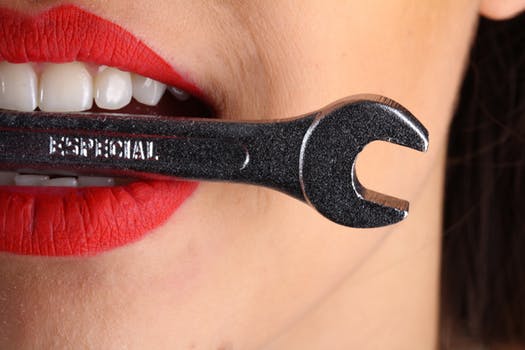There is no debating the fact that technological advancements in implant and restorative dentistry are gaining popularity. Whether in the form of digital imaging to aid with implant procedures, or the application of zirconia crowns in restorative procedures, the integration of technology into everyday dental practices has helped the profession make great strides in quality and appearance.
The issue with metal crowns, however, has always been their appearance. Patients would prefer to have crowns that retain the same shade as the rest of their teeth, which has lead to a rise in all-ceramic crowns and the use of porcelain. All-ceramic porcelain crowns may look appealing but are usually not strong enough to avoid chipping or cracking in all regions of the oral cavity, which is why zirconia is such a valuable alternative.
Zirconia is the Best of Both Worlds
Zirconia offers the esthetic appearance of natural teeth with the durability and strength of metal-based crowns. Zirconia is a metal alloy that has recently become a popular alternative to porcelain crowns, which have long been the industry standard for ceramic crowns. Zirconia is mined and shipped to dental labs in large blocks. The blocks are then milled into the shape of a tooth, using a computerized cutting machine (CAD).
Here are three benefits to using zirconia as a base material in ceramic crowns:
Strength and Durability. Zirconia-based crowns have been shown to be more durable in the posterior region, and thus make a smarter alternative to all-ceramic crowns, which are prone to shaving and erosion.
Faster Timeline. With porcelain crowns, the dental office collaborates with a lab to mold and manufacture the ceramic crown. This usually takes weeks or months and requires the patient to visit a separate lab and make a return visit to the dentist for the final fitting. Zirconia, on the other hand, can be modeled, milled, and fitted in one visit.
Use as a Frame for Ceramic Crowns. Aside from specific advantages for use in the posterior region of the oral cavity, research indicates that zirconia is best used as a base for full ceramic restorations. The substructure of the patient’s mouth is usually created through a three-dimensional scan. In cases of anterior crowns, porcelain can be added as the final layer to achieve the desired shape and color. However, monolithic zirconia crowns are growing in use as the color-correcting technology improves.
